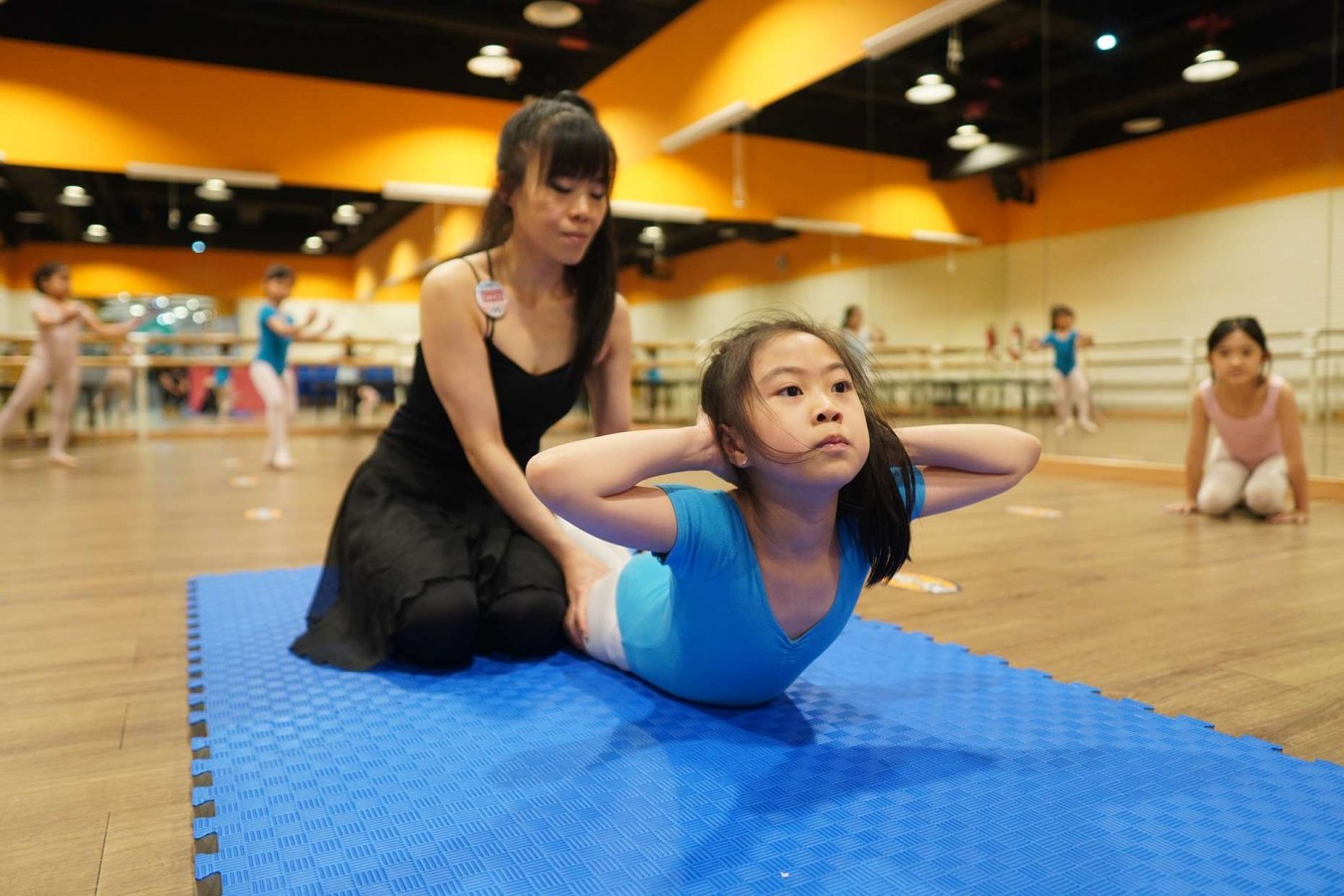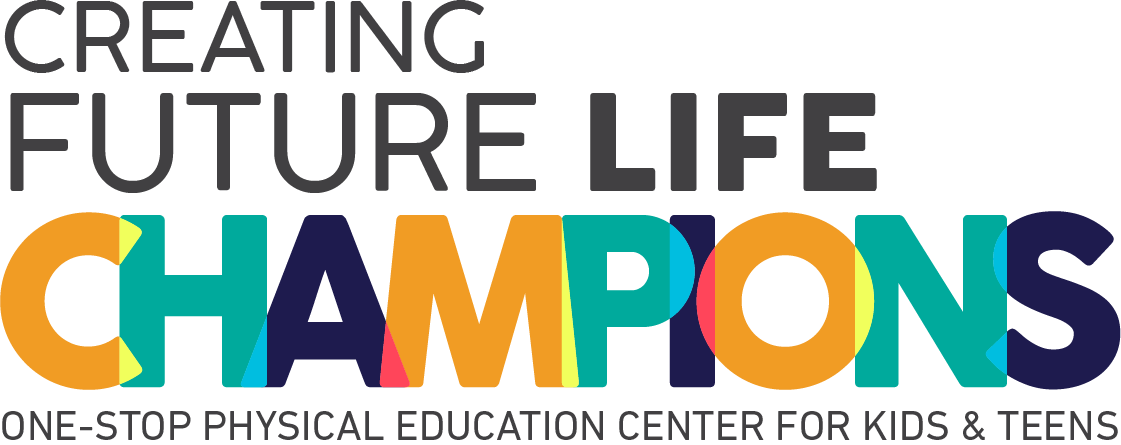Tennis Strokes: Master the Forehand, Backhand, Volley, and More
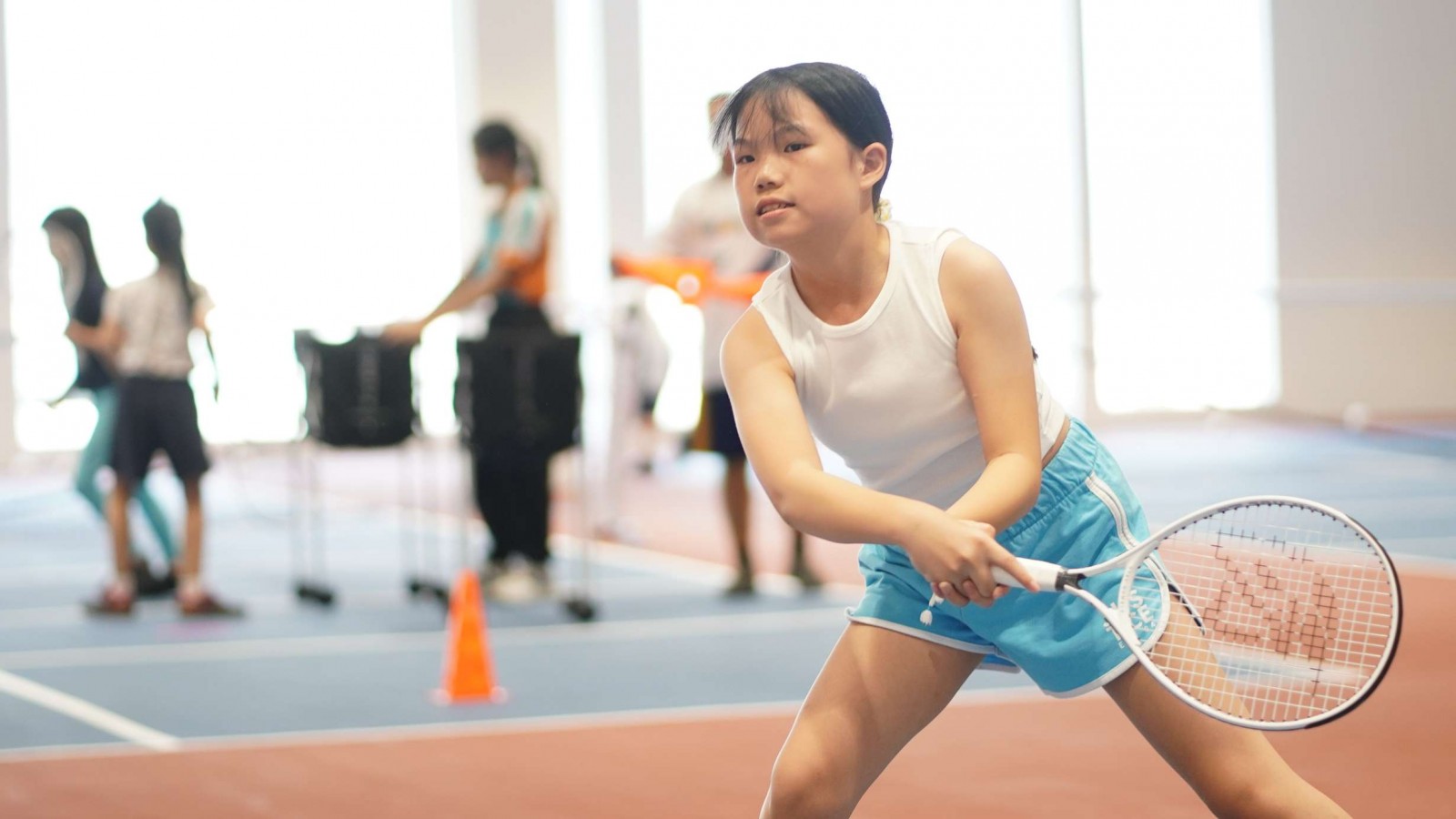
If you're just picking up a racket for a tennis game, mastering the different types of tennis strokes is key to becoming a confident and competitive player.
Tennis is a dynamic sport that combines power, precision, and strategy. Each stroke plays a unique role in a player’s game. This time, we’ll break down 10 essential tennis strokes, explore the phases of hitting. Let’s check it out!
10 Types of Tennis Strokes
If you are considering playing tennis for beginners, these 10 types of tennis strokes are important to master, especially for beginners. Here are the breakdown:
1. Forehand Stroke

The tennis forehand is the most commonly used stroke in tennis. It's typically performed with the player's dominant hand, swinging across their body.
The forehand is powerful and versatile, great for both baseline rallies and attacking shots. Players often use topspin to control depth and trajectory.
2. Backhand Stroke
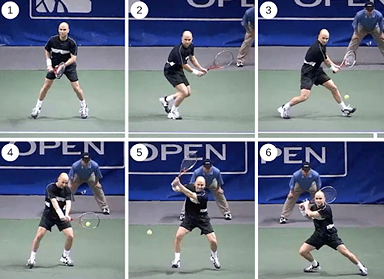
The tennis backhand can be executed with one hand or two. While it may feel less natural at first, it’s crucial for returning shots to your non-dominant side. One-handed backhands offer reach and slice options, while two-handed backhands provide added control and stability.
3. Serve
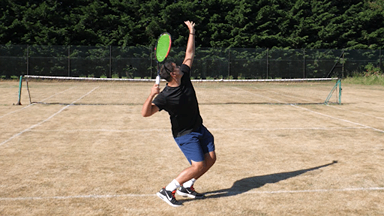
The tennis serve initiates each point and is the only stroke fully controlled by the player. A strong serve can be a powerful weapon. Players can use a flat serve (for speed), a topspin or kick serve (for bounce and control), or a slice serve (to pull the opponent wide).
4. Volley

Tennis volleys are hit before the ball bounces, typically near the net. They require quick reflexes and compact swings. A good volley can quickly end a point. There are forehand and backhand volleys, and they’re often used during aggressive net play.
5. Overhead Smash
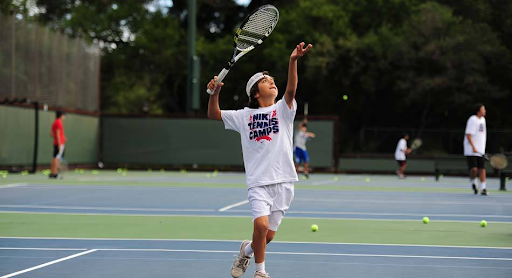
Similar to a serve, the overhead smash is used to return high lobs with power. When your opponent sends a defensive lob, a well-timed overhead can end the point in your favor. Timing and positioning are crucial.
6. Drop Shot
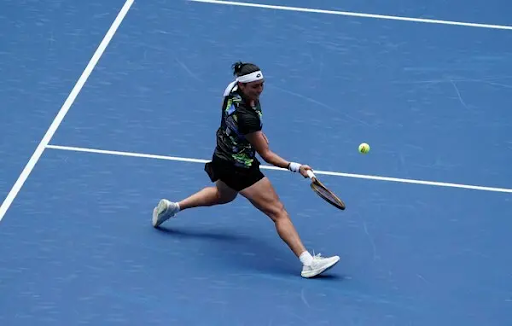
The drop shot is a soft, delicate stroke that lands just over the net. It's used to catch your opponent off guard and force them to run forward. Effective drop shots are usually disguised until the last moment.
7. Slice
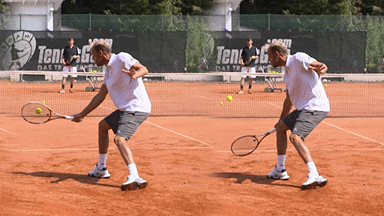
A tennis slice is a shot with backspin, making the ball stay low after bouncing. It's often used to change pace during rallies or as a defensive tool. Both forehand and backhand slices can keep your opponent guessing.
8. Topspin Shot
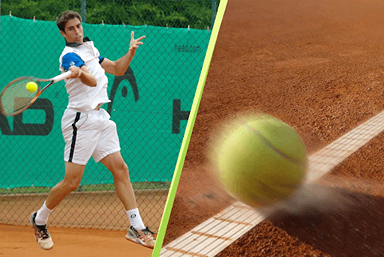
Topspin strokes add forward spin to the ball, helping it dip back into the court. Topspin is useful for aggressive baseline play and passing shots. It also provides higher net clearance while maintaining control.
9. Lob Shot
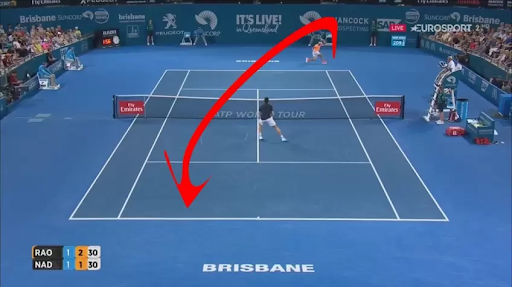
The tennis lob is a high-arcing shot, used to pass over a net-rushing opponent. Lobs can be offensive (with topspin) or defensive (more floaty), giving you time to reposition.
10. Passing Shot
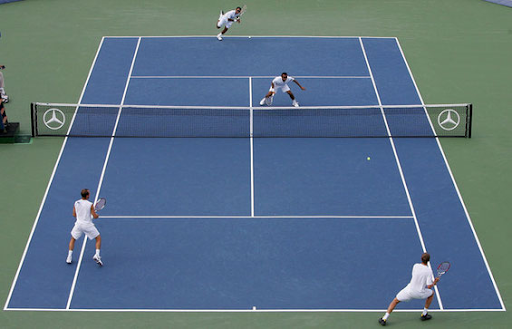
A passing shot is used to get the ball past an opponent at the net. It requires precision, timing, and often topspin to curve around or dip below the opponent’s reach. It's a key weapon when playing against serve-and-volley players.
Phases of Hitting in Tennis
To master these strokes, understanding the hitting phases is essential. Each stroke consists of a series of biomechanical movements designed to maximize efficiency and power. Here are the main phases:
1. Preparation Phase
This phase begins as the player anticipates the ball and starts their backswing. Footwork is crucial here, helping to position the body correctly. A solid ready stance and racquet preparation set the foundation for a good shot.
2. Acceleration Phase
In this phase, the body transfers energy to the shot. The racket moves from the backswing into the forward swing. Torso rotation, weight transfer, and coordinated movement of the arms and legs contribute to stroke power.
3. Impact Phase
This is the moment of contact between the ball and the racket. Timing and technique determine how well the ball is struck. The racket face should be correctly angled depending on the type of shot, whether flat, topspin, or slice.
4. Follow-Through Phase
The stroke doesn’t end at contact. A proper follow-through helps with balance, recovery, and shot accuracy. It also reduces the risk of injury and helps reset your position for the next ball.
Have You Mastered These 10 Tennis Strokes?
Mastering tennis strokes like the forehand, backhand, volley, and more takes practice, guidance, and the right environment and that’s exactly what you’ll find at the tennis program from the best Sport & Performing Arts Academy.
If you're just starting or aiming to sharpen your skills for tennis competition, our tennis program is designed to help every player grow with expert coaches and exciting match opportunities. Even to the level of competitions held every year to test the players' abilities and mental strength.
As part of their curriculum, tennis students will also compete in the RockOlympics, giving them the opportunity to put their training into action in an exciting tournament atmosphere.
For those seeking more personalized guidance, we offer Private Instructions—one-on-one classes customized to each student’s strengths, challenges, and goals, helping them advance their game faster and with greater precision.
If you’re curious to see what Rockstar can offer, we invite you to try a free trial class not just for tennis, but for every class available. Discover your passion, challenge yourself, and start your journey with Rockstar today!
FAQ
What is the most important stroke in tennis?
The forehand is often considered the most important stroke due to its power and frequency of use, but all strokes play a vital role in a complete tennis game.
How can I improve my backhand?
Practice proper grip, focus on footwork, and start with two-handed backhands for better stability. Use drills that isolate backhand technique to build confidence.
Why is topspin so important?
Topspin helps keep the ball in play, allows for aggressive angles, and gives you higher net clearance while maintaining control.
What’s the difference between a slice and a topspin shot?
A slice uses backspin, making the ball float and stay low. A topspin shot uses forward spin, causing the ball to dip and bounce higher.
Is it necessary to learn all 10 strokes?
While not every beginner needs to master all at once, learning a wide variety of strokes adds versatility and strategy to your game. As you progress, having a full toolkit helps you adapt to different opponents and styles.

